Welcome to JHD Nutrasource!
Shop
Showing 109–117 of 773 results
-
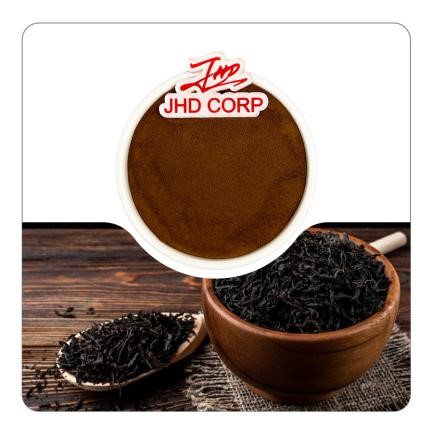
Black Tea Powder
Black tea is fermented tea leaves, mainly composed of tea polyphenols, caffeine, and theanine. It has a unique aroma and taste and is widely used in beverages and health products.
-
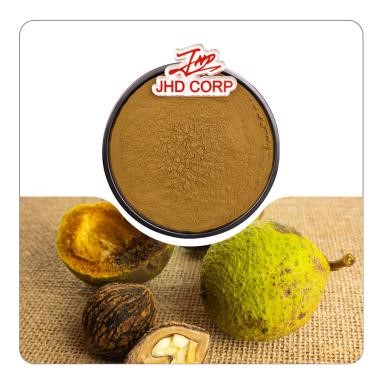
Black Walnut Extract
Black walnut extract is derived from the hulls, leaves, or bark of the black walnut tree (Juglans nigra). It is known for its strong, earthy aroma and has been used in traditional medicine for its various health benefits.
-
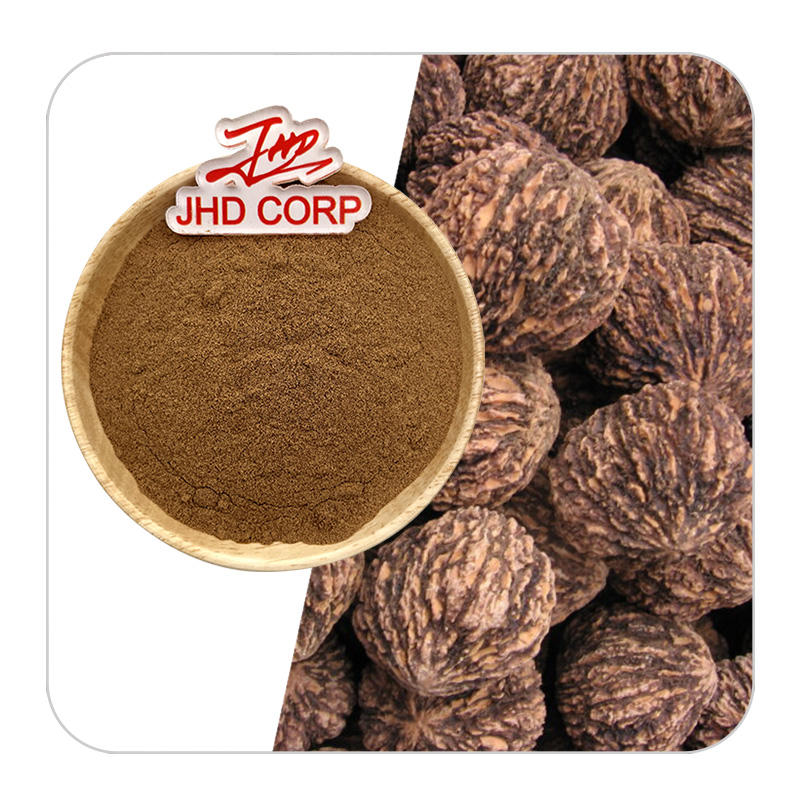
Black Walnut Extract
Black Walnut Extract is derived from the hulls, leaves, or bark of the Juglans nigra tree, commonly known as black walnut. This tree is native to North America and is widely recognized for its medicinal properties. Black walnut extract is rich in bioactive compounds such as juglone, tannins, and ellagic acid. It is typically available in the form of a dark brown liquid or powder and is used in traditional medicine, dietary supplements, and functional foods for its health benefits.
-
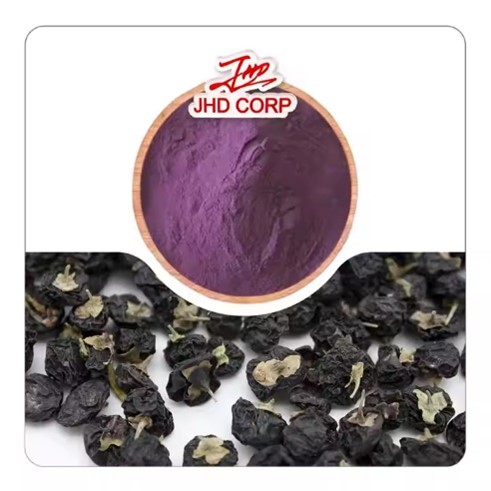
Black Wolfberry Powder
Black Wolfberry Powder is a fine powder made from the dried fruits of the black wolfberry plant (<em>Lycium ruthenicum</em> Murr.). It is rich in anthocyanins, vitamins, minerals, and other bioactive compounds, and is known for its high antioxidant content.
-
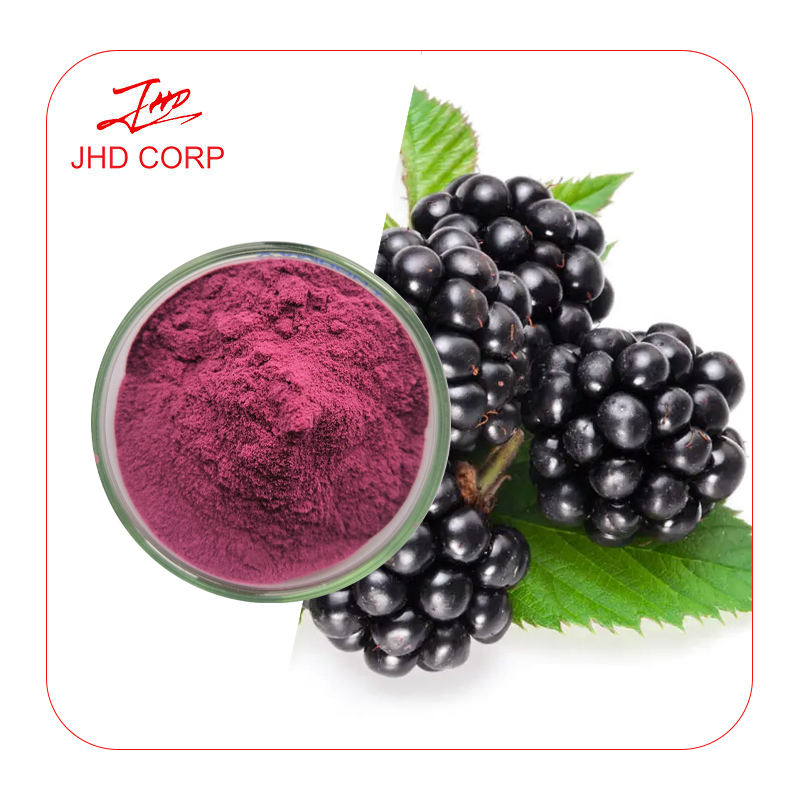
Blackberry Juice Powder
Blackberry Juice Powder is a dehydrated form of blackberry juice, derived from the ripe fruits of the Rubus fruticosus plant. This powder is typically produced through a process of juicing the berries, followed by spray-drying to remove moisture. It retains the natural flavor, color, and nutritional benefits of fresh blackberries, making it a convenient and versatile ingredient for various applications.
-
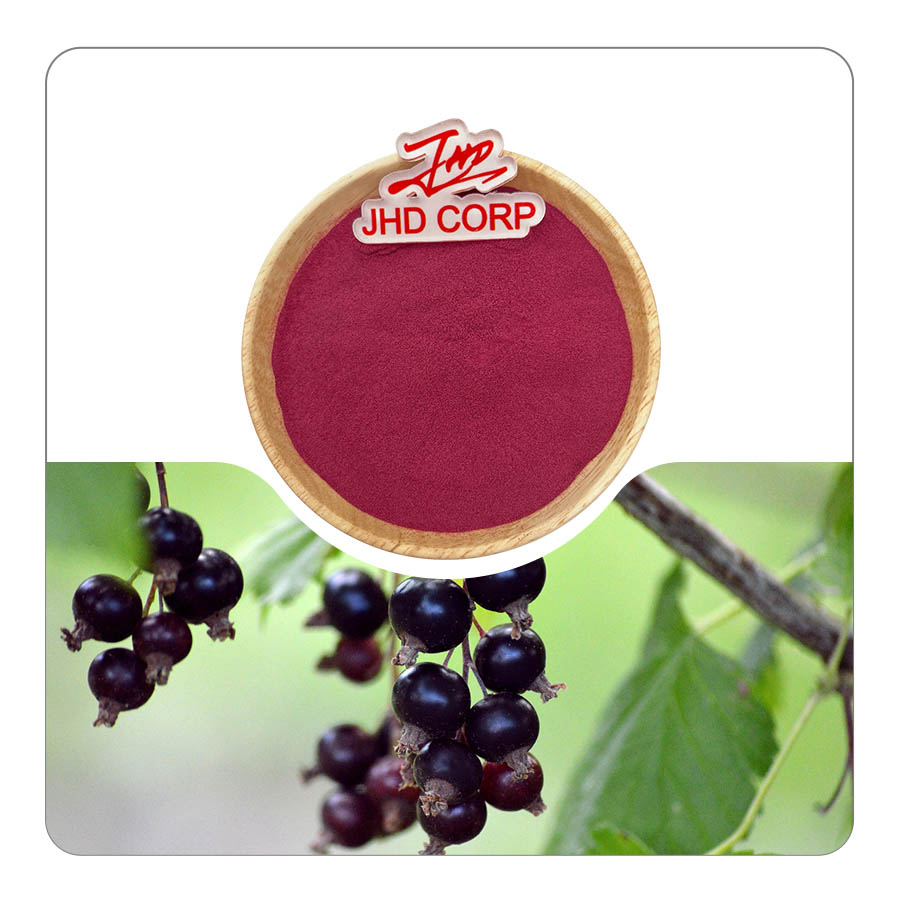
Blackcurrant Powder
Blackcurrant powder is made from dehydrated blackcurrants, which are rich in vitamins, minerals, and antioxidants. This concentrated form of the fruit retains many of its beneficial properties, making it a valuable ingredient for both culinary and health-related applications.
-
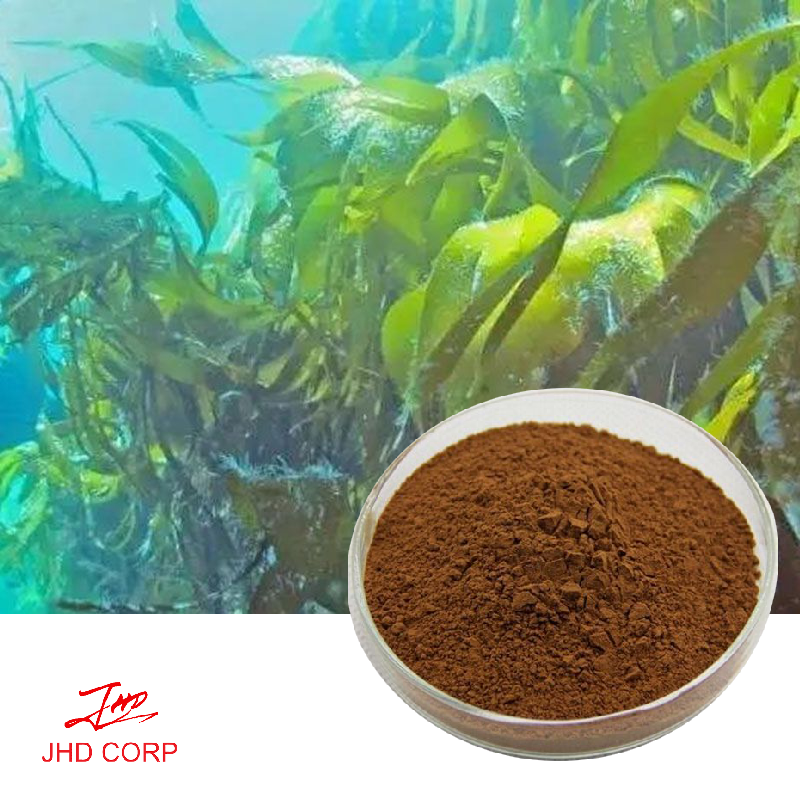
Bladder Wrack Extract(Fucus Vesiculosis Extract)
Bladder Wrack Extract is derived from the brown seaweed Fucus vesiculosus, commonly known as bladder wrack or sea kelp. This seaweed is found along the rocky shores of the Atlantic and Pacific Oceans. Bladder wrack extract is rich in iodine, vitamins, minerals, and polyphenols, which contribute to its therapeutic properties.
-
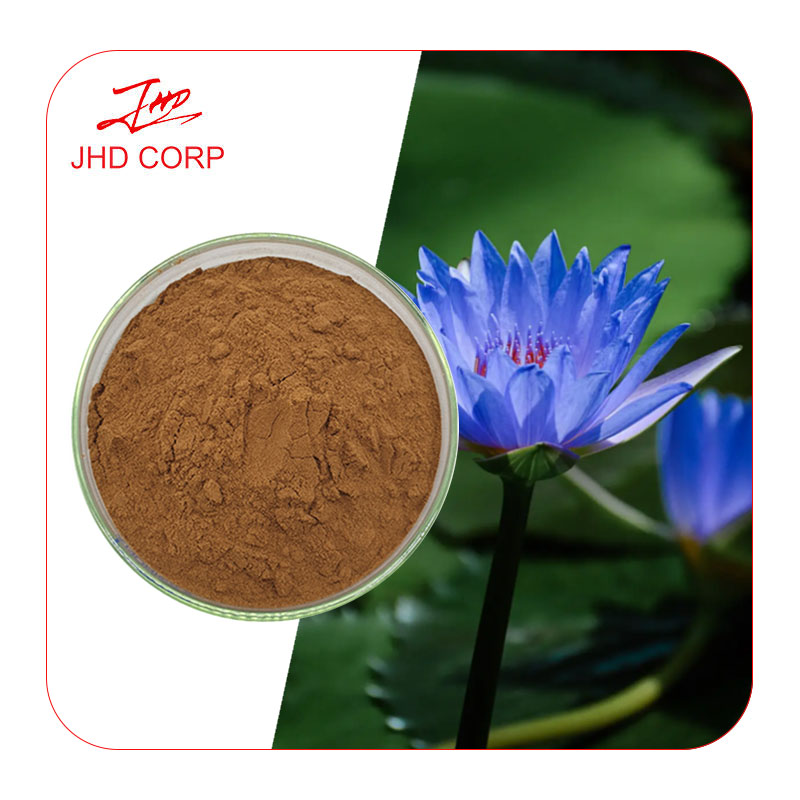
Blue Lotus Flower Extract
<b data-spm-anchor-id="a2700.details-description.0.i0.64d3A3aHA3aHq5">Blue Lotus Extract</b>, derived from the Blue Lotus (Nymphaea caerulea Savigny), is a natural extract from a water lily found in lakes and rivers worldwide, with a long history of use in Egyptian culture, closely associated with spiritual rituals and health benefits.
-

Blue Lotus Flower Extract Powder
Blue Lotus Flower Extract Powder is a natural product derived from the Blue Lotus (Nymphaea caerulea), rich in bioactive components such as flavonoids, alkaloids, and volatile oils. It has multiple functions, including calming, relaxing, antioxidant, and anti-inflammatory properties, and is widely used in health products, cosmetics, and traditional medicine.
